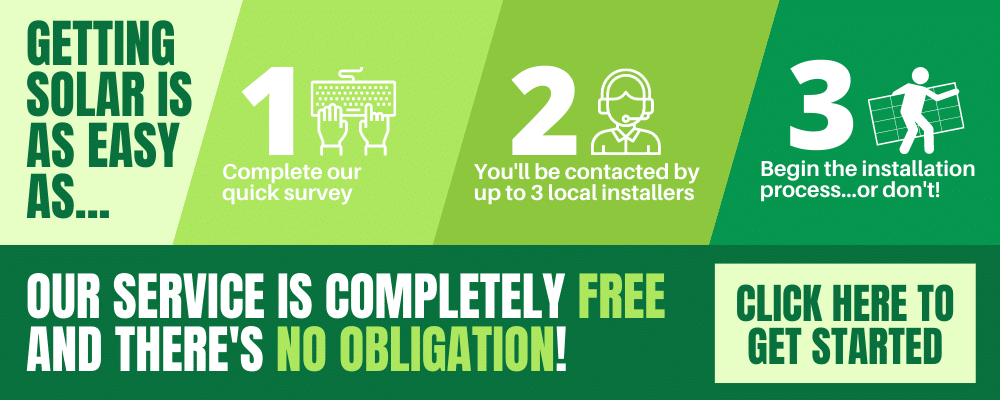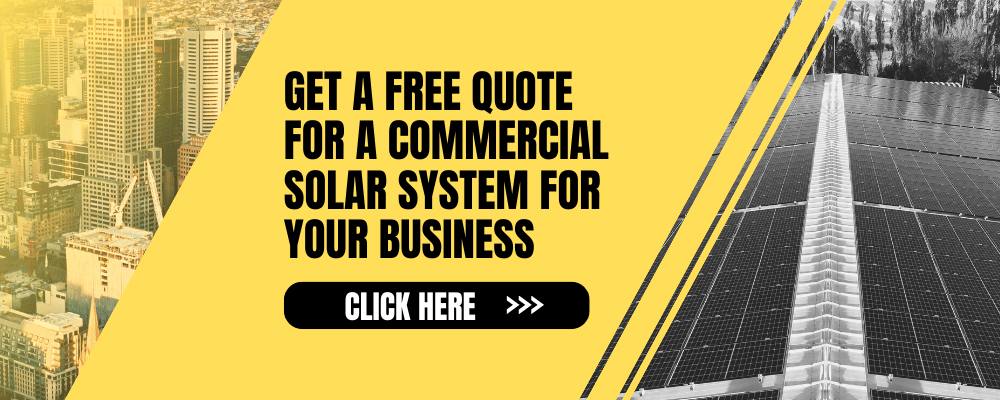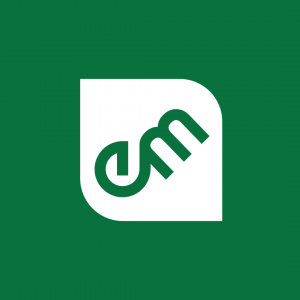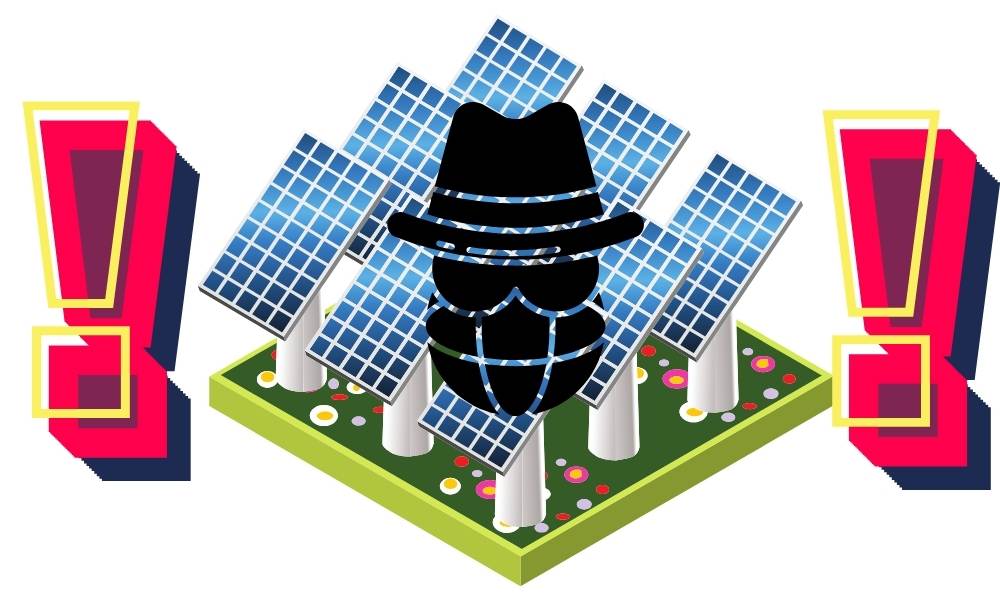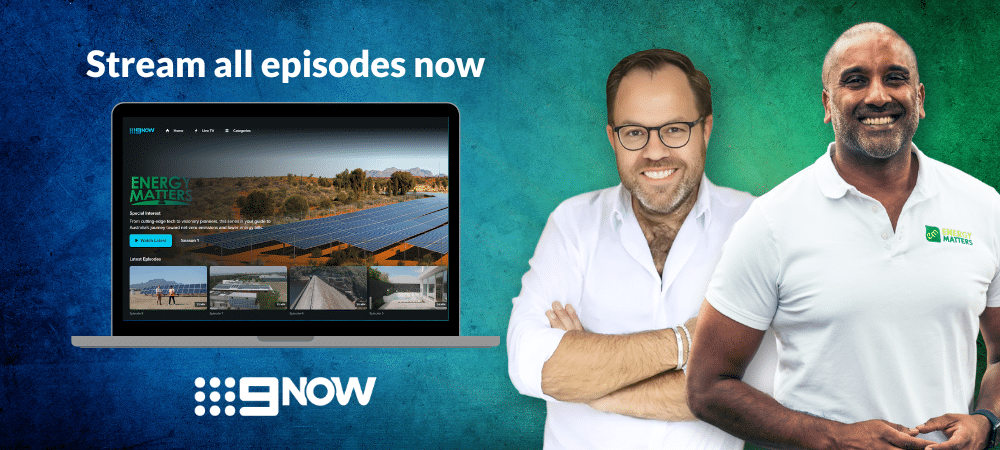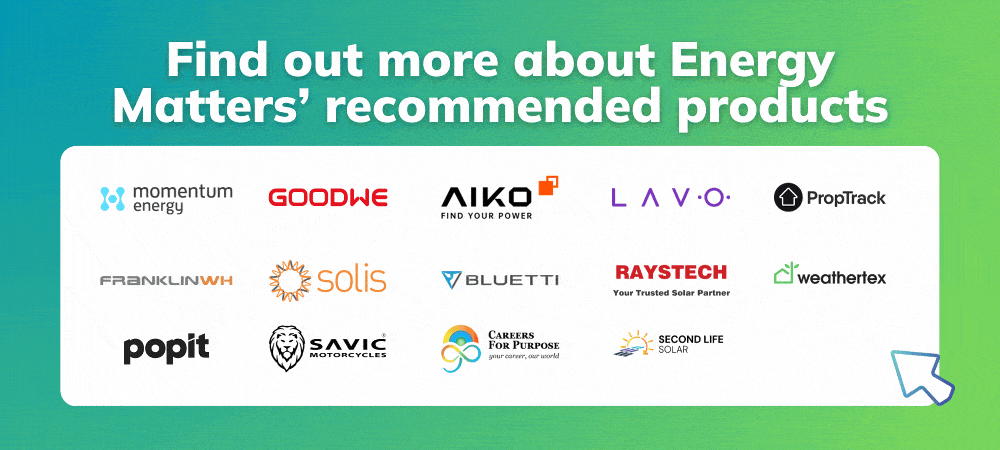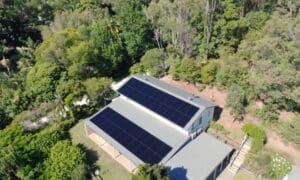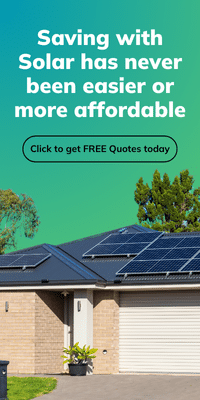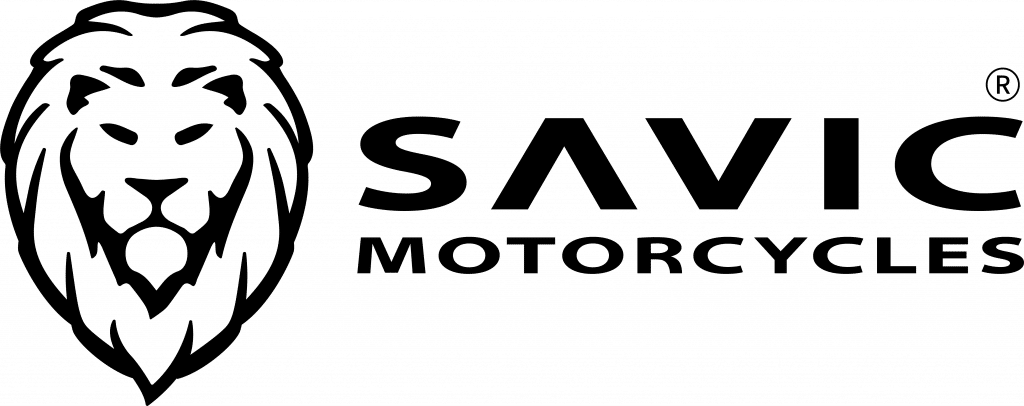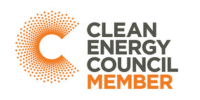As solar panels become smarter, so do the risks. More Australians are investing in rooftop solar, pairing panels with smart inverters, mobile apps, and cloud-based monitoring. While these tools make solar systems more efficient and easier to manage, they also create a digital entry point that many overlook.
Cyberattacks on solar systems may not be common in the country yet, but the risk is growing. Hanwha Qcells’ German site suffered a cyberattack in July 2024, compromising parts of its customer and business partner database. Personal data was leaked, and the company is working to restore its systems. This showed the devastating consequences of a hack on energy infrastructure. And it’s not just big energy operators in the firing line. Homeowners and small businesses are increasingly exposed to threats that target the digital side of solar infrastructure.
Protecting your solar system now means more than securing the roof. It means thinking about cybersecurity.
Smart solar creates new vulnerabilities
Traditional rooftop solar was relatively simple: panels, an inverter, and a power meter. Today’s systems are far more connected. Inverters often link to your home Wi-Fi. Apps let you track performance from anywhere. Some setups even allow remote control or export to the grid through smart meters.
This connectivity is useful, but it opens the door to cybercriminals. Even a connected device is a potential access point. If it’s not properly secured, it can be exploited.
What does cybertheft look like in solar?
Cyberattacks on solar systems are less about stealing physical panels and more about gaining access to control, disrupt, or extract value from digital systems. Here are some ways attackers target solar setups:
- Remote system access: Hackers can gain control of inverters and change settings, disable systems, or lock you out.
- Energy manipulation: In theory, a hacked system could misreport energy output or redirect usage data, potentially interfering with feed-in tariffs (FiTs) or creating billing errors.
- Home network access: If your inverter is connected to the same Wi-Fi network as other devices, it can serve as a backdoor to your smart home or office network.
- Ransomware: While more common in large-scale infrastructure, ransomware targeting solar control systems has already been seen in international cases.
These are rare in the Australian residential market for now. But as solar uptake grows, and systems become more standardised and connected, attackers will start looking for weak points.
Who’s most at risk?
The main risk groups are:
- Homeowners using app-connected systems: Many rely on third-party platforms to monitor and manage solar output. These apps may not offer strong encryption or two-factor authentication.
- Small businesses: Larger solar arrays, often with Wi-Fi-enabled inverters, are increasingly used in hospitality, retail, and farming. Yet many small operators lack formal IT security practices.
- Off-grid and hybrid systems: These setups often include solar batteries, energy management systems, and even remote access features, all of which add to the cyber risk profile.
If your system uses a mobile app, connects to the internet, or integrates with a smart home setup, you’re part of this group.
Where systems are vulnerable
Cybercriminals don’t need advanced techniques. Most attacks exploit basic mistakes or outdated technology. The most common vulnerabilities include:
- Default usernames and passwords: Many inverters and monitoring tools ship with standard credentials. If never changed, they’re easy to find online.
- Unsecured Wi-Fi networks: If your solar system shares a network with other home or office devices, a breach can spread. Outdated firmware: Manufacturers release updates to patch security flaws. If your inverter isn’t updated, it may be exposed.
- Weak app security: Some solar apps don’t support two-factor authentication or may have access to more data than necessary.
All of these are preventable. The problem is that they’re easy to overlook, especially if you’ve never considered your solar system a cybersecurity risk.
5 simple ways to protect your system
You don’t need to be a tech expert to secure your solar setup. A few simple changes can go a long way:
- Change default passwords: Log into your inverter and monitoring apps and create strong, unique passwords. Never leave factory settings in place.
- Update firmware: Check your inverter model on the manufacturer’s website and install any available updates. Some brands offer auto-updates, but not all.
- Use a separate network: Create a guest Wi-Fi network for your solar system. This isolates it from your primary devices and helps contain any breach.
- Enable two-factor authentication (2FA): If your app supports it, turn it on. It adds a layer of security even if someone guesses your password.
- Review access logs and app permission: Many systems allow you to see who’s accessed them. Regularly check and remove any unfamiliar devices or users.
Why it matters now
Australia has one of the highest rates of rooftop solar in the world. That growth is accelerating, and with it comes a wider digital footprint.
The solar industry is also moving towards smarter infrastructure, integrated batteries, real-time data sharing, and automated energy trading. These innovations are great for efficiency, but they also increase the system’s exposure to cyber risks.
If a solar system is compromised, it’s not just the energy output that’s affected. In extreme cases, it can mean control of other devices, loss of personal data, or forced downtime that costs you money.
Cybersecurity for solar is now part of the cost of ownership.
Secure your solar future with confidence.
Energy Matters has been in the solar industry since 2005 and has helped over 40,000 Australian households in their journey to energy independence.
Complete our quick Solar Quote Quiz to receive up to 3 FREE solar quotes from trusted local installers – it’ll only take you a few minutes and is completely obligation-free.







